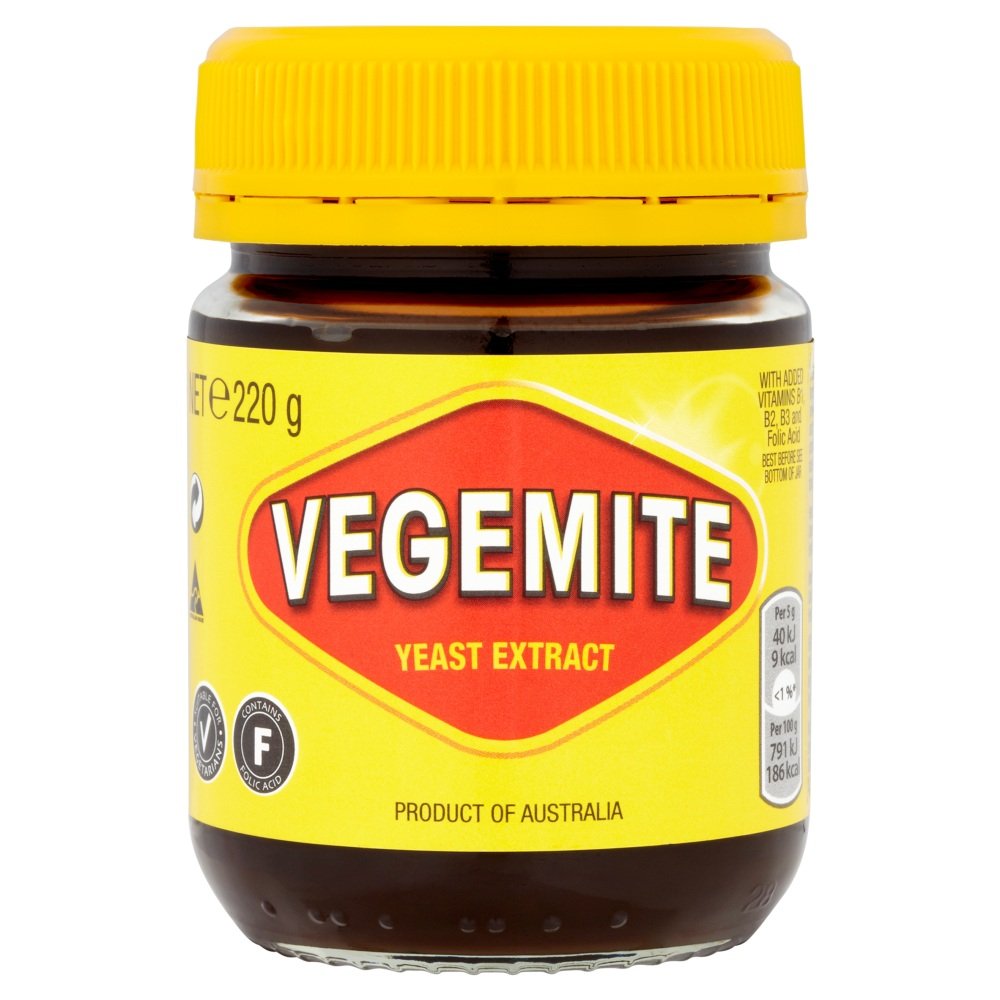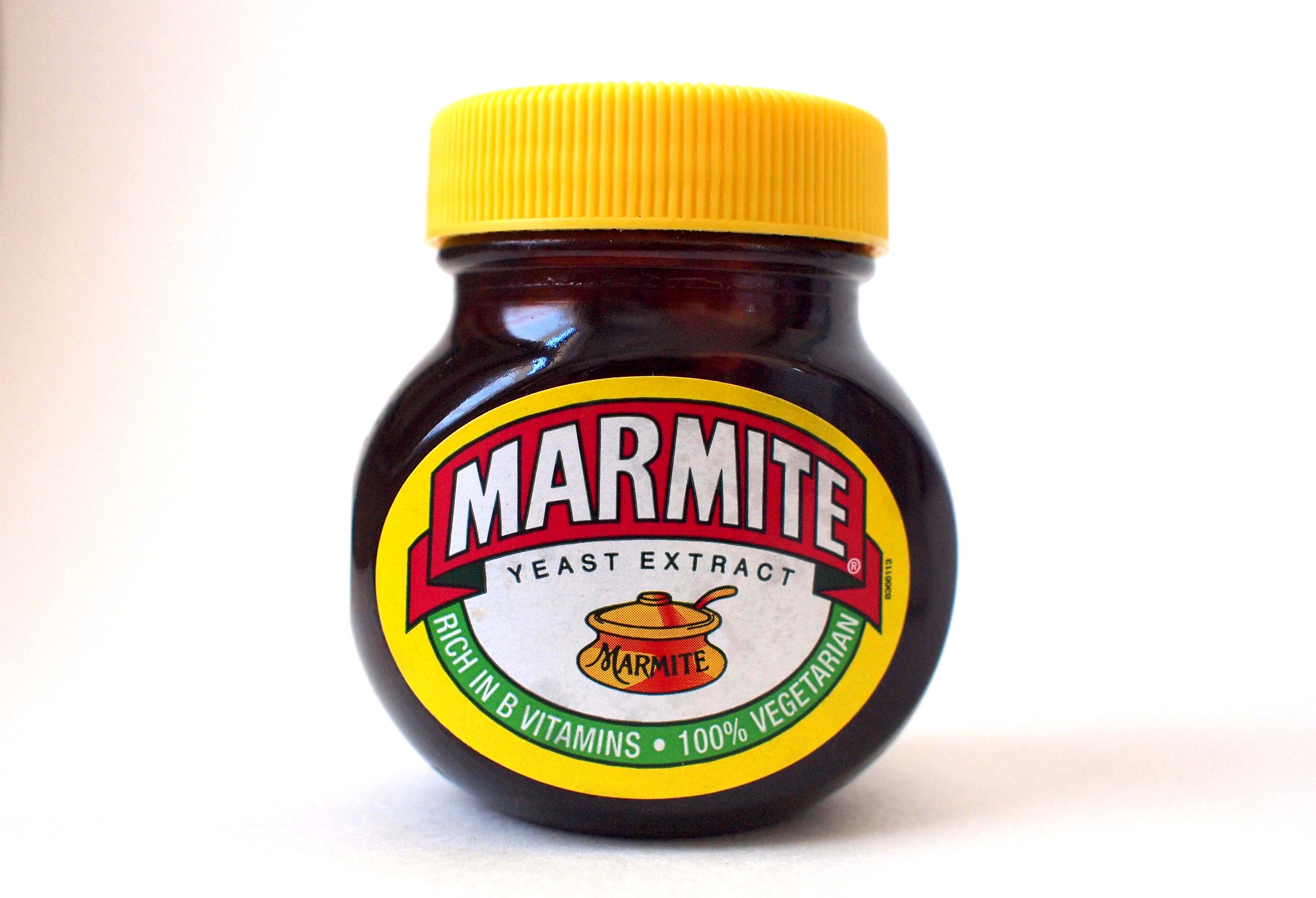Yup, though the $50K was specifically the R&D cost to develop a technique for making the lens. It used a nano-scale pattern on glass to focus light via diffraction, as opposed to standard refractive lenses or mirrors. The ultimate goal was to develop a process for manufacturing these lenses en masse, for deployment in a large particle detector where traditional lenses wouldn’t work. They succeeded, and nowadays (6 years later), they can basically print the pattern using the same techniques as in microchip manufacturing. Back then, though, there was just then one prototype that represented that $50K of research, so I am really glad I didn’t fuck it up haha
drail
PhD in Applied Nuclear and Particle Physics. I enjoy gardening, basketball (go Nuggets!), D&D, science, and hifi audio equipment.
Migrated here due to ongoing issues on kbin:
kbin.social account page
- 8 Posts
- 92 Comments
In my first year of grad school, I was visiting a colleague’s lab and was asked if I wanted to test some of their new diffractive optics. I said sure and started toying with the big lens on the table, no gloves, no precautions other than trying not to drop/smudge it. After about 5 minutes of geeking out over the fact that a perfectly flat, transparent lens was focusing the light, I asked how much it would cost to get one sent to my lab for an experiment I was working on. He said that it was the only one of its kind in existence, but the manufacturing r&d cost for it was over $50K alone. My heart nearly fell outta my chest.
The smell was anything but dull, but the clean up itself was pretty monotonous. Better than canning my monitor though!
Thanks!
This is the first time they have ever done this, so I am not too worried. On the rare occassion they mark, it is usually at ground level.
I have tried dried orange slices to protect my xmas tree, but they just knocked the fruit off and played with them haha. The only deterrent I have found with them is fake pine scent, which I hate as well, so I think I’ll just keep my office door closed when I am not in it
I am very happy that 75% of my PhD in particle physics was hands-on lab work doing detector R&D. Sure, creating simulations and doing data analysis are immensely important, and skills I had to develop, but I think that many scientists are being done a disservice by not getting the opportunity to see how their work will interface in the real world.
It is the only scent that gives me a headache, and I think its overrated on top of that. Give me a minty, give me pine-y, give me fruity, literally any other scent profile.
Every time the LHC fires a collision, we continue to descend into increasingly less likely realities where the world doesn’t blow up.

 1·4 months ago
1·4 months agoOnly if you bring your own TP. I have a bidet, so you’ll leave clean, but soggy.

 2·4 months ago
2·4 months agoThe former owner in this instnce was my Fianceé’s grandmother, and I know for a fact that she was a draino fiend. Sweet sweet lady, but I definitely had some not-so-nice mutterings about her after the 3rd pipe crumbled under my channel-lock pliers during repair. And whoever welded a dwv fitting onto the wall stub (which I know wasn’t her) has a special layer of hell waiting for them.

 3·4 months ago
3·4 months agoI really enjoy the design of this house. It was my Fianceé’s grandmother’s untile she recently passed, and by and large, things were done correctly. The only glaring issues so far have been the plumbing and the fact that the upstairs loft addition was never insulated.
I layed ethernet through the attic to add a WAP to the loft and found that there is enough room up there to put in a secret room. There is already a bookshelf on the adjoining wall that I can convert into a Scooby-Doo style secret bookshelf passageway.

 2·4 months ago
2·4 months agoToo true. Snaking a drain every once in a blue moon is so much easier than dealing with draino damage.

 3·4 months ago
3·4 months agoIt lies somewhere between pride, relief, and satisfaction. I understand the feeling all too well, my last house was also a 50’s build, but someone did a budget flip on it and I spent all of my 9 years there fixing their mistakes one by one. Then I moved just in time for someone else to enjoy my repairs haha.
Watched it last night, along with a Tale of Two Santas.
This post was brought to you by Gunderson’s Unshelled Nuts. It’s Nut-So Good!

 71·4 months ago
71·4 months agoThat’s not quite fair, a cardboard box has multiple uses, both built and deconstructed. The Brian Thompsons of the world are only useful to society in their deconstructed form.
The assignment was to infodump, so I will take that as a compliment. I was aiming for detailed and hyperspecific.
I’ve seen things. Things you’d never understand. All I can say is that the best dissertation defense is a good dissertation offense. So much blood on my hands…
I am now Dr. Drail, so it went well! This was back in August, so I am still in recovery mode while I job search.
Here goes:
During my dissertation, I was lookig for information on the emissiom of 172nm scintillation light in mixtures of gaseous Xe and CO2 (95:5% - 98:2%), with results being difficult to come by. I found a collaborator who had tested this at lower CO2 concentrations (0-0.5%), but nothing else, no predictions or generalizable applications. Not knowing the optimal search engine terms or what textbook to look in for rules governing gaseous light emission, I ended up looking in fluorescence chemistry papers (my previous field of study) which had something called the Stern-Volmer relation for different concentrations of quenchant in a fluorescent solution. I figured gas scintillation queching was probably similar to liquid fluorescence quenching, but the standard relation didn’t quite fit below 10% additive.
I dug around more and found a modification of this relation for diffusion-limited quenching of fluorescent solutions (the same limitation imposed in gas mixtures, quenching due to random Brownian collisions) that employed an exponential term, allowing for a smoother curve down to low additive concentrations. This perfectly matched the available data and allowed me to model the predicted behavior. I discussed this with the one member of my committee who was available, an organic chemist (my PI was on vacation, everyone else was sick, and my dissertation defense was in 2 weeks). He said my reasoning and math for using this formula made sense and gave me a thumbs up to include this analysis. When my PI came back from holiday, he asked me why I didn’t use some equation generally used in the field, or even just a generic exponential fit. I was ignorant of his suggestion, but it provided the same general formulation as Stern-Volmer, though Stern-Volmer was more rigorously derived mathematically.
Mixing fields is super cool and can allow a much deeper understanding of the underlying principles, as opposed to limiting yourself to one branch of science. While my PI’s recommendation would have given approximately the same answer, understanding and applying Stern-Volmer allowed me to really dig at the principles at play and generate a more accurate and in-depth model, which I managed to write up and defend at the 11th hour.
Tie between:
If anyone needs me, I’ll be in the angry dome
angry muttering as the PES flies away
and
Well Susie, it isn’t foreigners, it’s global warming
Gwabu wabu?
Uh, sure…










Chrohns pill 4× daily, adderall 1-2× daily, multivitamin 1× daily, D-Vitamin 1× daily, so 7-8 per day. I am 29, so I have gotten a head start on my pill quota. I start back up on injections for Crohns next week, so four of those should be going away in the next month or so.